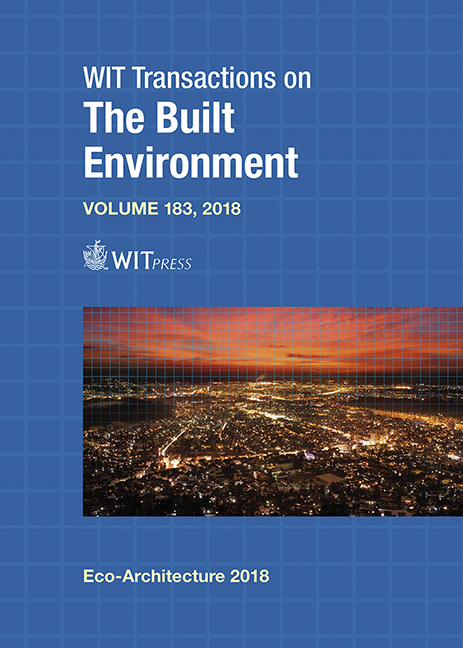A REPRESENTATIONAL FRAMEWORK FOR SUSTAINABLE DESIGN
Price
Free (open access)
Transaction
Volume
183
Pages
12
Page Range
61 - 72
Published
2019
Paper DOI
10.2495/ARC180061
Copyright
WIT Press
Author(s)
ROBERT GROVER, STEPHEN EMMITT, ALEXANDER COPPING
Abstract
Sustainable design is a widely accepted concept, but there is no general consensus on its realisation, as evidenced by the range of strategies in the built environment that fall under the umbrella of “green” design. These vary from technological innovation to empowering social action; which often represents competing world-views, that are often seemingly contradictory or incompatible. Therefore, design for sustainability requires the designer to advocate an ethical or moral stance; and to decide on where to assign value. Despite this, there is no coherent framework which structures the complexity of this field. In this paper, existing models of sustainable development and design are analysed and a new framework that classifies alternative approaches is proposed. The framework presents conflicting paradigms on a continuum, which provides structure to the discourse on sustainable design, allowing building designers to map their own strategic approaches, recognise inconsistencies and reveal potential future directions. Rather than suggesting that sustainability has a single definable outcome; the framework provides a means to contextualise different, yet equally valid, design scenarios.
Keywords
design, green architecture, green design, planning, sustainable design, sustainable framework





